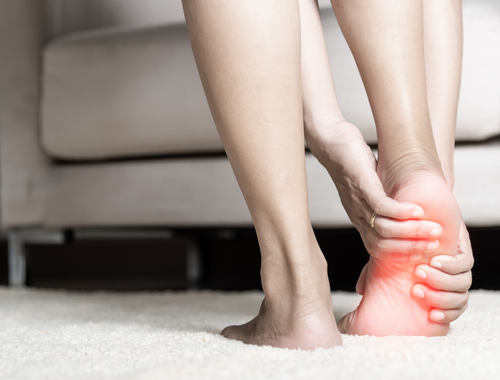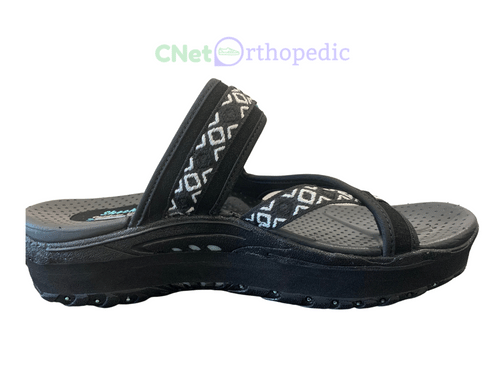Causes of Leg Length Discrepancy

Leg length discrepancy (LLD) is a condition where one leg is shorter than the other. This can cause pain and discomfort while walking, as well as other problems such as gait imbalances and back pain. There are several possible causes of LLD, including congenital conditions, injury, and disease.
One of the most common causes of LLD is congenital conditions such as congenital femoral deficiency or congenital hip dysplasia. These conditions are present at birth and can cause one leg to be shorter than the other.
Another common cause of LLD is injury. Trauma or injury to the bones, ligaments, or muscles of the leg can cause one leg to be shorter than the other. For example, a broken bone in the thigh or lower leg can cause the affected leg to be shorter once it heals.
Understanding the Underlying Factos: Explore the Causes of LLD
Diseases such as osteoarthritis, rheumatoid arthritis, and Perthes disease can also cause LLD. Osteoarthritis can cause the bones in the hip to deteriorate, which can lead to a shortening of the affected leg. Rheumatoid arthritis can cause inflammation and deformity in the joints, leading to a shortening of the affected leg. Perthes disease is a childhood condition that affects the hip joint and can cause one leg to be shorter than the other.
Other conditions such as scoliosis, a spinal curvature disorder, can also cause LLD. Scoliosis can cause one hip to be higher than the other, which can lead to a shortening of the affected leg.
Surgeries, such as hip replacement surgery, can also cause LLD. In some cases, the artificial hip may not be the same length as the natural hip, which can lead to a shortening of the affected leg.
In conclusion, LLD can have many causes including congenital conditions, injury, disease, and surgeries. It is important to consult a doctor or a podiatrist if you suspect that you have LLD, as they will be able to diagnose the condition and recommend the appropriate treatment. Treatments may include shoe lifts, physical therapy, and in some cases, surgery. With the right treatment and management, people with LLD can alleviate pain and discomfort and improve their overall quality of life

